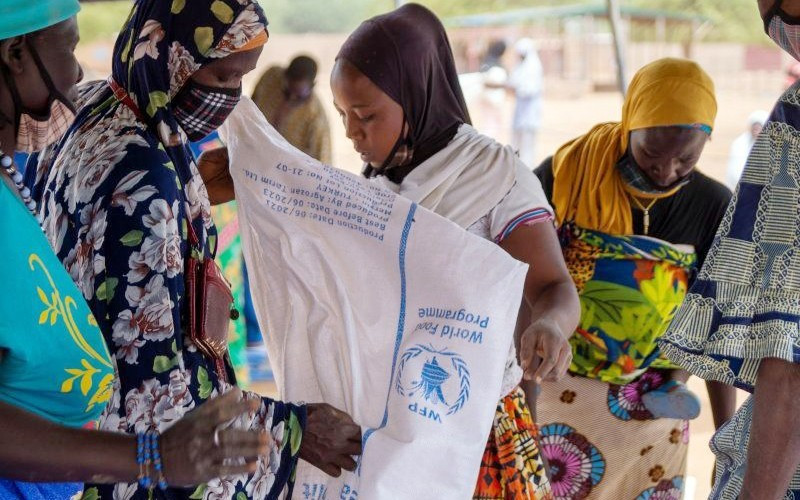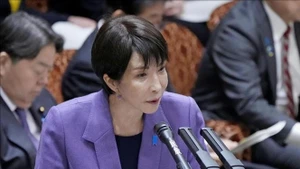The Food and Agriculture Organisation (FAO) of the United Nations (UN) said world food prices fell in January for the 10th consecutive month, and are now down some 18% from a record high hit last March, following Russia’s special military operation in Ukraine. However, the above information cannot assuage the food security concerns of many African countries, in the context of severe drought and power shortages, threatening food production in the continent.
According to the World Food Program (WFP) report, climate change caused the worst drought in about four decades, in the Horn of Africa. Accordingly, 12 million people in Ethiopia, 5.6 million in Somalia and 4.3 million in Kenya are in a situation of severe food insecurity. The hunger in the Horn of Africa has been exacerbated due to the conflict in Ukraine, which has partially raised food and fuel prices and disrupted funding to the region.
Severe food shortages also occurred in the African country of Kenya. The National Drought Management Authority (NDMA) of Kenya said, 6 million people in 32 of 47 counties are now facing food insecurity, due to increasingly severe droughts. More than 970,000 children under the age of 5, and 142,000 pregnant and lactating mothers in Kenya are malnourished and need urgent assistance to sustain life, the NDMA warned.
In addition to drought, Africa's food security has also been threatened by continuous power cuts in South Africa, which have made a negative impact on food production and markets. According to AgriSA, the South African agricultural industry association, the energy crisis that occurs every day and every hour across the country, has been causing heavy damage to the food industry. Rotating power cuts to reduce the load on the power transmission system have occurred continuously, due to the ageing coal power infrastructure, thereby causing a shortage of some key commodities and increasing the prices of goods, especially food.
The UN estimated that the continent has been facing the most serious food crisis ever. More than 20% of Africa's population, equivalent to 278 million people, faces hunger. Meanwhile, the United Nations Children's Agency (UNICEF) said that nearly 2 million children across Ethiopia, Kenya and Somalia need urgent treatment, due to severe acute malnutrition. In September 2022, UNICEF said that 730 children died in the first seven months of 2022, in nutrition centres in Somalia. However, the actual number may be much higher.
To avoid a humanitarian crisis, at the Africa Food Summit at the end of January, the President of the African Development Bank (AfDB) said the development partners committed 30 billion USD in funding, to boost food production in Africa over the next five years. The European Union (EU) also provided more than 7 million USD at the end of January, to solve the food crisis in Eastern and Southern Africa.
As of January, the WFP had received 71.44 million USD in funding from the EU, to tackle the food crisis in 11 countries in Eastern and Southern Africa. Most of the above funding will be used to meet the nutritional and basic food demand for millions of people who are “victims of hunger”.
Analysts said that the efforts by the above donors are timely and extremely important for people in poor and drought-stricken areas in Africa. However, compared to the need and severity of the food crisis in the continent, the above aid is still small. This reality requires the member countries of the African Union (AU) to seriously find short-term and long-term solutions, to address the hunger and migration situation, that is increasingly taking place in some parts of Africa, due to armed conflict and extreme weather.
















